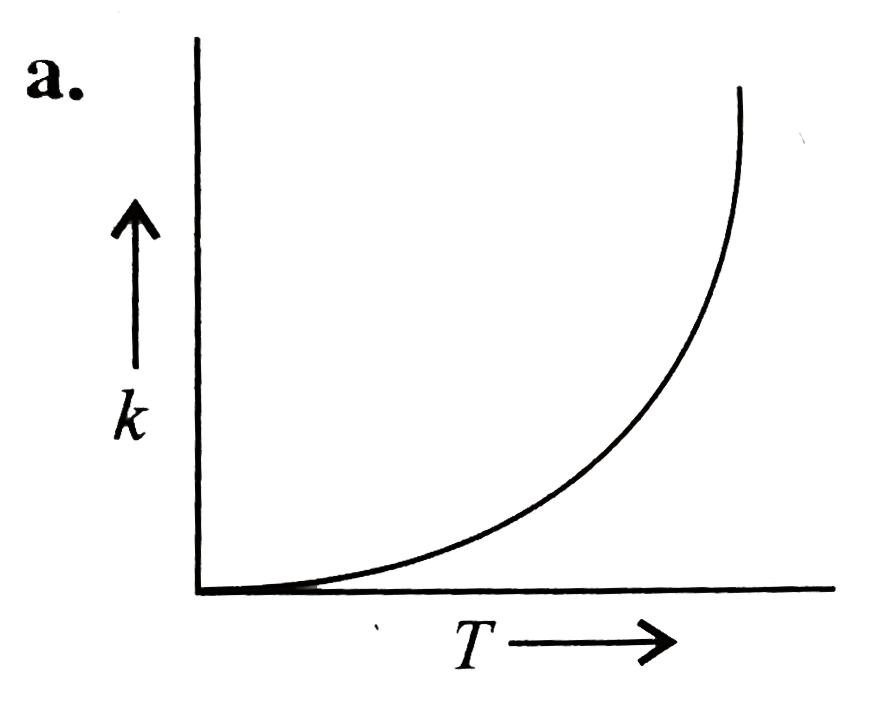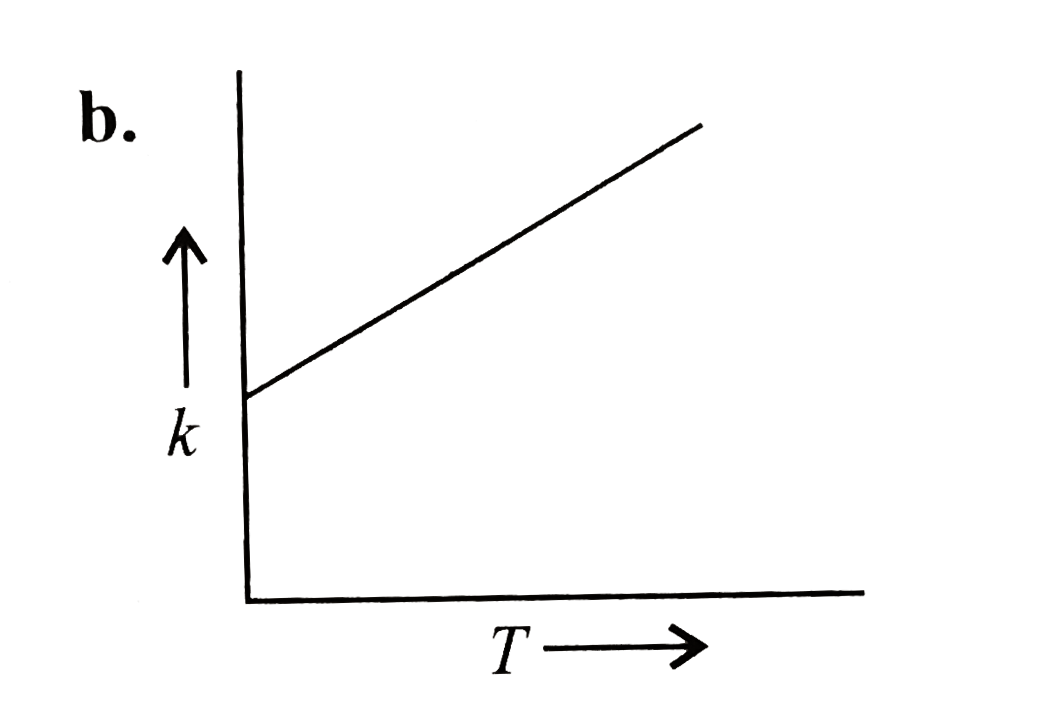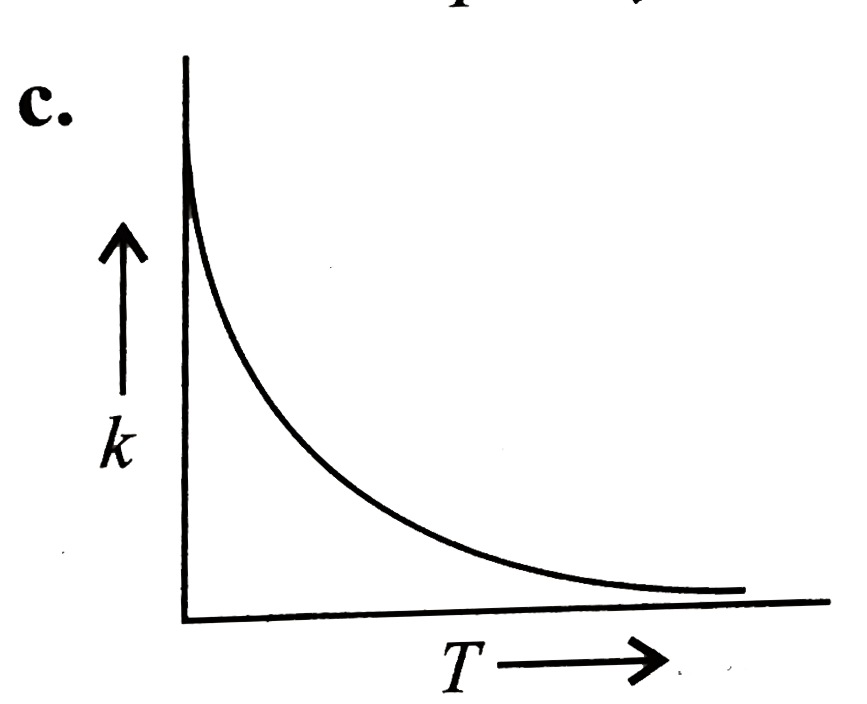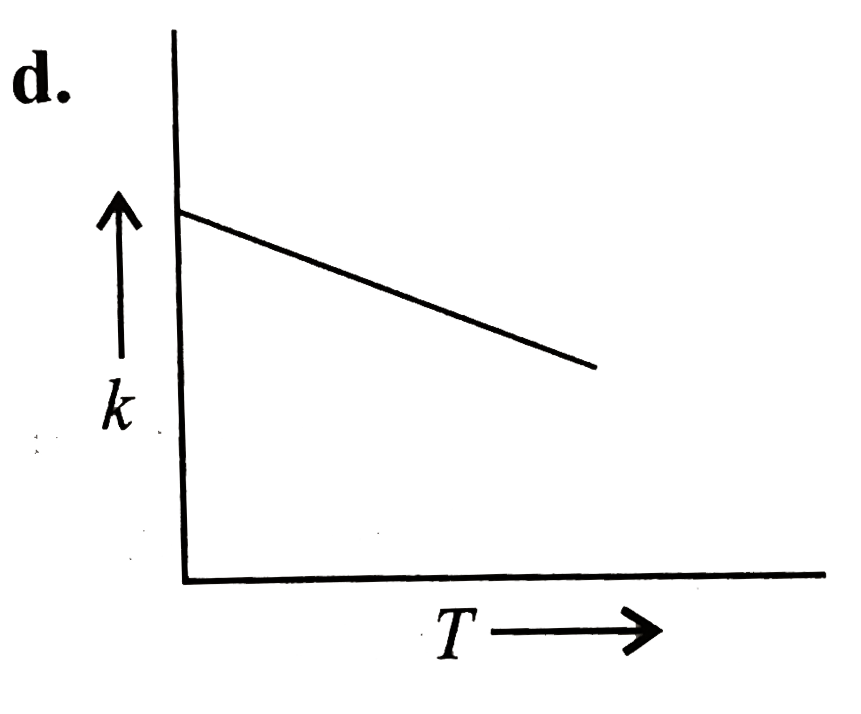The variation of rate constant with temperature is given by the integrated from of the Arrhenius equation, log10k=−Ea2.303RT + constant
where k = rate cosntant and Ea is the experimental activation energy. If for a certain reaction, log10k=−3163.0T+11.899, calculate Ea.
To solve the problem, we need to calculate the activation energy (Ea) from the given equation of the rate constant (k) in relation to temperature (T). The equation provided is:
log10k=−3163.0T+11.899
We can compare this with the integrated form of the Arrhenius equation:
log10k=−Ea2.303RT+constant
1. Identify the Constants:
From the given equation, we can identify that the term −Ea2.303RT corresponds to −3163.0T. This means we can set up the following relationship:
−Ea2.303R=−3163.0
2. Rearranging the Equation:
To isolate Ea, we can multiply both sides by −2.303R:
Ea=3163.0×2.303R
3. Substituting the Value of R:
The value of the gas constant R is 8.314J/(K⋅mol). Now we substitute this value into the equation:
Ea=3163.0×2.303×8.314
4. Calculating the Activation Energy:
Now we perform the multiplication:
Ea=3163.0×2.303×8.314≈60562.41J/mol
5. Converting to Kilojoules:
Since activation energy is often expressed in kilojoules, we convert joules to kilojoules by dividing by 1000:
Ea=60562.411000≈60.56kJ/mol
Final Answer:
The activation energy Ea is approximately 60.56kJ/mol.
---
From the given equation, we can identify that the term −Ea2.303RT corresponds to −3163.0T. This means we can set up the following relationship:
To isolate Ea, we can multiply both sides by −2.303R:
The value of the gas constant R is 8.314J/(K⋅mol). Now we substitute this value into the equation:
Now we perform the multiplication:
Since activation energy is often expressed in kilojoules, we convert joules to kilojoules by dividing by 1000:
The activation energy Ea is approximately 60.56kJ/mol.
Similar Questions
Knowledge Check
- Question 1 - Select One or More
In the Arrhenius equation , K=Ae−Ea/RT, Arrheniuns constant
AEa=0BT=∞CT=0DEa=∞ - Question 2 - Select One
In Arrhenius equation , k=AeEaRT , A may not be termed as rate constant .
AWhen 100% reactant will convert into the productBWhen the temperature becomes infinite.CWhen the fraction of molecule crossing over the energy barrier becomes unityDAt very low temperature - Question 3 - Select One
Plots showing the variation of the rate constant (k) with temperature (T) are given below. The plot that follows the Arrhenius equation is
A B
B C
C D
D
In Arrhenius equation k=Ae−Ea/RT), A is the value of the rate constant
View SolutionPlots showing the variation of the rate constant (k) with temperature (T) are given below. The plot that follows the Arrhenius equation is
View SolutionPlots showing the variation of the rate constant (k) with temperature (T) are given below. The plot that follows Arrhenius equations is
View SolutionPlots showing the variation of the rate constant (k) with temperature (T) are given below. The plot that follows the Arrhenius equation is
View SolutionThe rate constant of most of the reaction increases with increase in temperature. According to the Arrhenius equation,k=Ae−Ea/RT. The curve of rate constant 'k' against temperature 'T' will be.
View Solution

